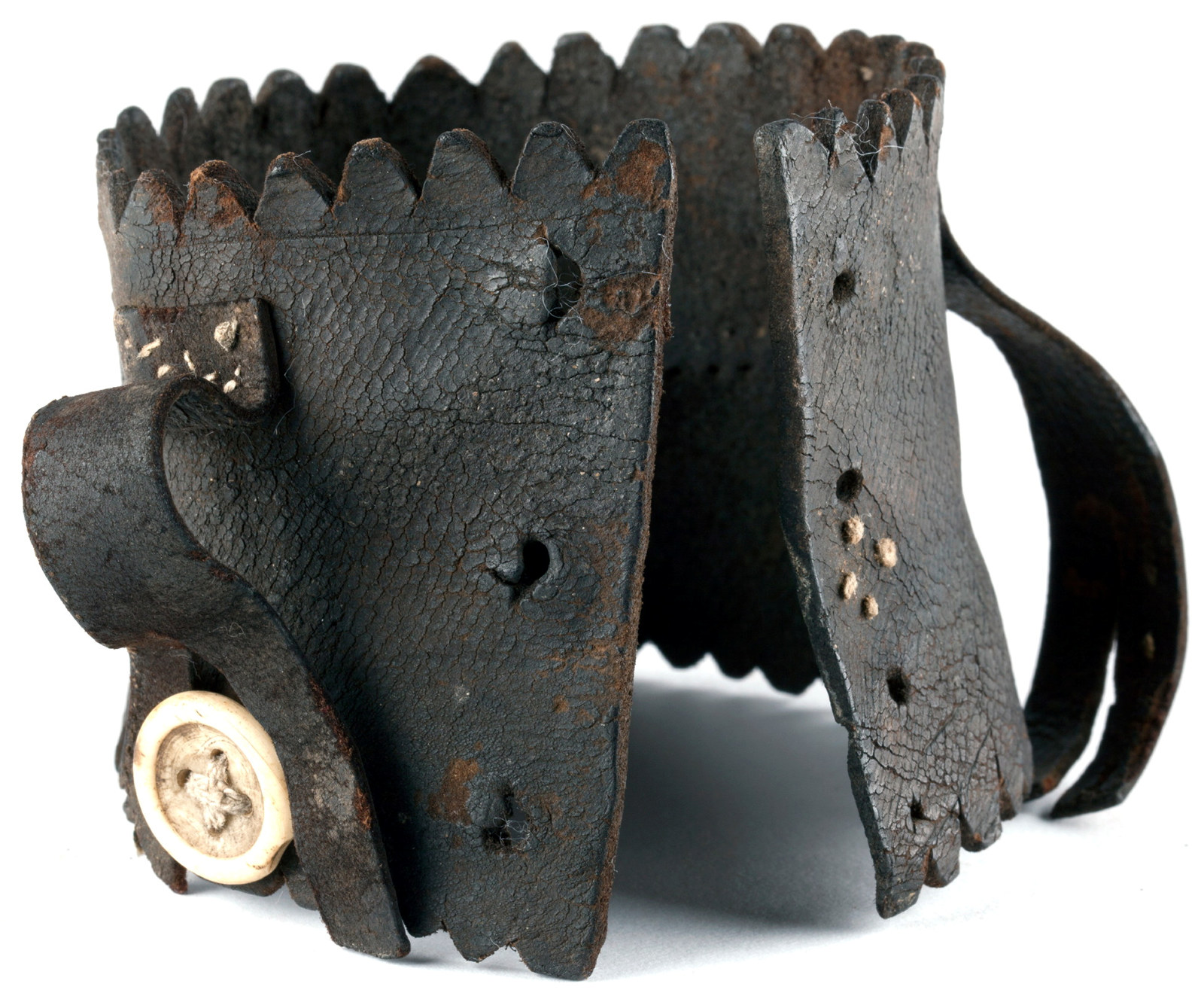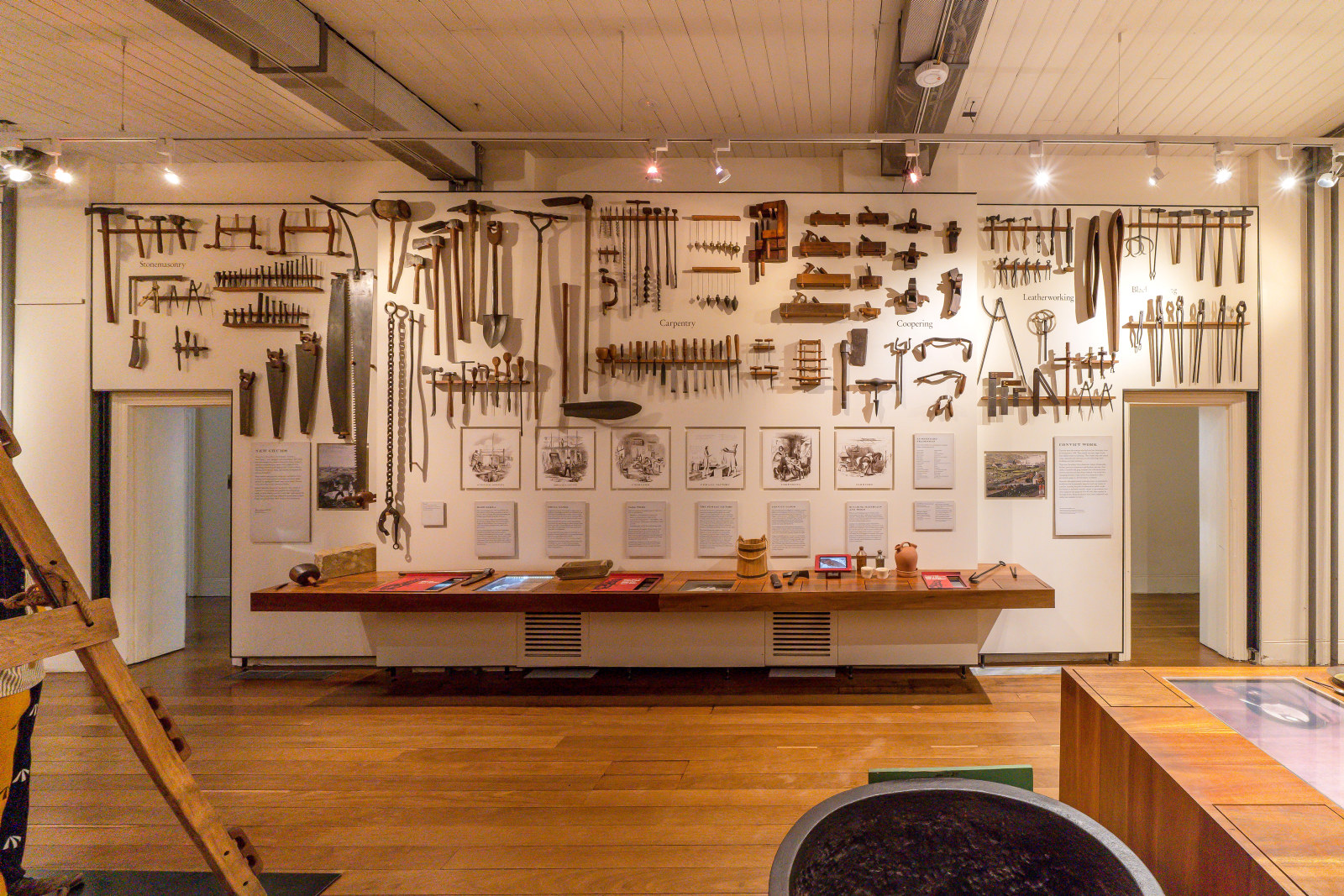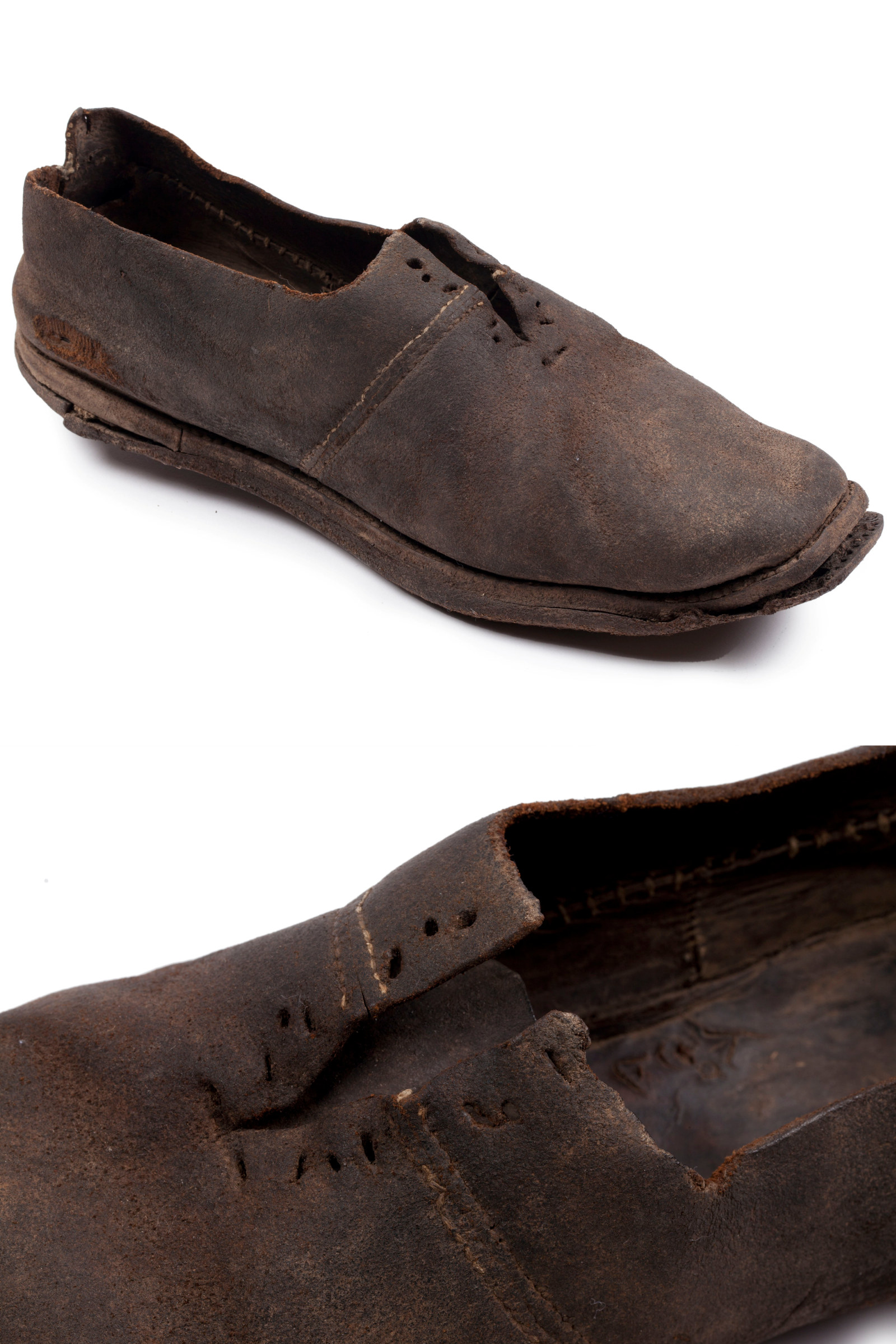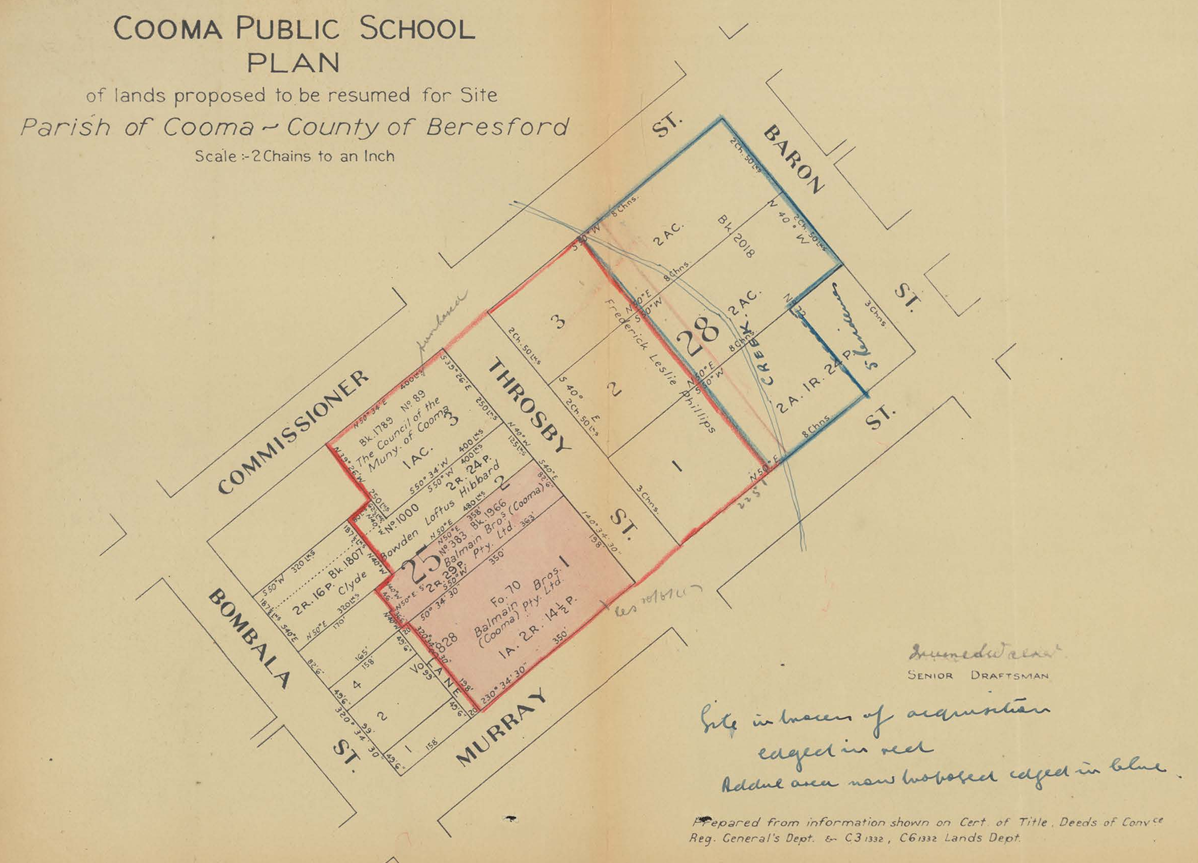The extraordinary life of William Buchanan: slave, convict, bushranger
The story of a Jamaican rebel who escaped from the Hyde Park Barracks.
Most convicts transported to NSW were from Britain and Ireland, but some came from other countries within the British Empire. Arriving in Sydney in 1836 with a life sentence, Jamaican-born William Buchanan was one of at least 34 convicts from the West Indies who passed through the Hyde Park Barracks. Jamaica was then part of the British West Indies, and a number of people from the various ‘Commonwealth Caribbean’ islands found themselves transported to NSW, having been caught up in the British imperial court system.
Born into slavery
William Buchanan was born into slavery in the early 1800s. With his mother, Stella, and younger siblings, Samuel, James and Eliza, he is listed on an 1817 ‘Return of Slaves’ register belonging to plantation owner Cargill Mowatt.1 When Mowatt was killed in 1823, Buchanan and his mother stood trial ‘for compassing and imagining the death of a white person, and for being accessories to the murder’.2 The jury found Buchanan not guilty, but the sentence of death was passed upon Stella, and she was hanged in the public square.
In December 1831, a slave rebellion erupted in Jamaica. Samuel Sharpe, a slave and inspirational Baptist preacher, had called a general strike, to be held after the slaves’ three-day Christmas rest period. It was meant to be conducted peacefully, but years of pent-up anger and frustration exploded, and with the blowing of conch shells, a call to arms reverberated from estate to estate, mobilising more than 40,000 slaves across the island over several days. Buildings were destroyed, livestock slaughtered, and crops ripe for harvest burnt to the ground. When control was reinstated, the authorities wanted retribution. Sharpe was captured and tried, and was hanged on 23 May 1832. Many other rebels stood trial, and many were sentenced to death.
Among them was William Buchanan, found guilty of mutiny in May 1833. The transcript from Buchanan’s trial reveals that, armed with a musket, he had led several rebels, with torches ablaze, to a large estate where he demanded the slaves’ freedom before setting the property alight.3 He was found guilty, but instead of being hanged immediately he languished in a workhouse until 1835, when his sentence was commuted to transportation for life. The abolition of slavery had become law the previous year, but as a convicted criminal, Buchanan was not entitled to freedom, and was sent to England.
From the Thames to Sydney Cove
For three months Buchanan was confined in the hulk Justitia on the River Thames at Woolwich, before being transferred to the Moffatt, which set sail for NSW on 5 May 1836. The four-month voyage almost ended in disaster. At 2pm on 30 August as the Moffatt entered through the Heads of Sydney Harbour, the ship was caught in a storm that ‘split the main topsail to ribbons … [and] the anchors were lost’.4 But the vessel was spared, and Buchanan was one of 396 male prisoners to disembark the Moffatt at Sydney on 2 September 1836.
He is described in convict indents as a ‘man of colour’5 with a missing front upper tooth, a scar on the left side of his upper lip, and a long scar on the back of his left thumb. He was 5 feet 6 inches tall (167cm), his complexion was ‘copper’, his hair ‘black woolly’, eyes ‘dark chestnut’, and his trade given as ‘In-door servant & mason’.6
Absconders from the Barracks
Buchanan was housed at the Hyde Park Barracks, but within weeks he escaped with a fellow Jamaican convict, James Smith, and a French convict, Lazarus Bara, who was also reported to be dark-skinned.7 On 1 December 1836 they stayed overnight at ‘the dwelling-house of William Chadwick, at North Harbour’ and absconded the next morning with a quantity of flour and an axe.8 They then ‘found their way to Pitt Water [north of Broken Bay], the neighbour-hood of which they have been keeping in a state of alarm’ for several weeks, hiding out in a cave in ‘country … of an excessively impassable character’.9 In a dawn raid by police on 8 January 1837, Bara was captured after being wounded with a bullet through the thigh, but the two ‘revolted Jamaican negroes’ escaped unscathed.10 Despite its rugged location, the absconders’ hideout was quite well equipped:
Upon searching the cave a loaded musket was found, and half a canister of powder, some cartridges and pieces of files and nail rod iron, cut up to serve as shot. There were also potatoes, onions and beef, the latter of which to preserve had been roasted in the hide. There was a fire, and pots upon it as though they had been breakfasting.11
The intrepid pair remained on the loose for several months, committing ‘a variety of depredations’ and ‘acts of outrage’ on the NSW Central Coast.12 The two men, described as ‘Maroon negroes’, were eventually caught and court proceedings commenced on 2 May 1837.13 For a third time Buchanan escaped a death penalty, which had been ‘formerly attached to the offence of which they had been convicted [but] lately abolished by an Act of Parliament’.14 At the sentencing in August, it was determined that:
As the prisoners had committed no marked violence, but had been merely wandering about the country perpetrating several petty depredations, the Court was anxious to give them an opportunity to redeem their past error, by passing upon them a lenient sentence. The prisoners were then sentenced to be worked in irons on the public roads of the Colony for three years each.15
Finding freedom
Information about the next phase of Buchanan’s colonial life is elusive, but by 1845 he was in the district of Goulburn, where he received a ticket of leave, and in February 1851 he was granted a conditional pardon.16 Aged 49, the man born into slavery in Jamaica finally found his freedom in colonial Australia.
Original research by Sienna Brown. Article adapted by Jacqui Newling from ‘William Buchanan, slave, rebel, convict, bushranger’ by Sienna Brown in Insites, Historic Houses Trust, 2013 (pp10–11).
Notes
1. Return of Slaves, 1817, Spanish Town, Jamaica.
2. R v Stella and Buchanan [1823], The Morning Chronicle;(London, England,) 6 September 1823, According to a Bill of Sale in the Jamaica Archives, Spanish Town, Jamaica, William was later sold to another landowner, George Longmore Esquire, in 1825.
3. Colonial Office and predecessors, Jamaica, Original Correspondence, 1689–1951, 137/205, pp137–42, National Archives, United Kingdom.
4. Sydney Gazette, 6 September 1836, p3.
5. State Archives Collection, MHNSW, 4/4527-28; Reel 806 pK.22.
6. State Archives Collection, MHNSW, 4/10586; Reel 3037, pp079–080.
7. Also described as a Spaniard. Sydney Gazette, 18 February, 1837, p2.
8. ‘Law intelligence’, Sydney Gazette, 27 August 1837, p3; see also Sydney Gazette, 21 August 1837, p3.
9. Sydney Gazette, 10 January 1837, p3.
10. Sydney Monitor, 21 August 1837, p3.
11. Sydney Gazette, 10 January 1837, p3.
12. Sydney Monitor, 21 August 1837, p3.
13. New South Wales, Australia, Gaol Description and Entrance Books, 1818–1930, State Archives Collection, MHNSW, Roll: 175 pK21; see also Sydney Monitor, 21 August 1837, p3. The term ‘Maroon’ was sometimes used to describe a community of African people who had escaped slavery in Jamaica.
14. Supreme Court report, The Australian, 25 August 1837, p2
15. Supreme Court report, The Australian, 25 August 1837, p2.
16. Conditional pardon, 1 February 1851. State Archives Collection, MHNSW Convicts Index, 4/10586; Reel 3037 pp079–080.
Published on
Related
Browse all
Convict Sydney
Leg Iron Guard
A stunning example of an improvised handicraft, this leather ankle guard or ‘gaiter’ was made to protect a convict’s ankle from leg irons

Convict Sydney
Objects
These convict-era objects and archaeological artefacts found at Hyde Park Barracks and The Mint (Rum Hospital) are among the rarest and most personal artefacts to have survived from Australia’s early convict period

Convict Sydney
Convict Shoe
Known as crab shells or hopper dockers in the convict ‘flash’ slang language, two or three pairs of shoes were issued to each convict annually
